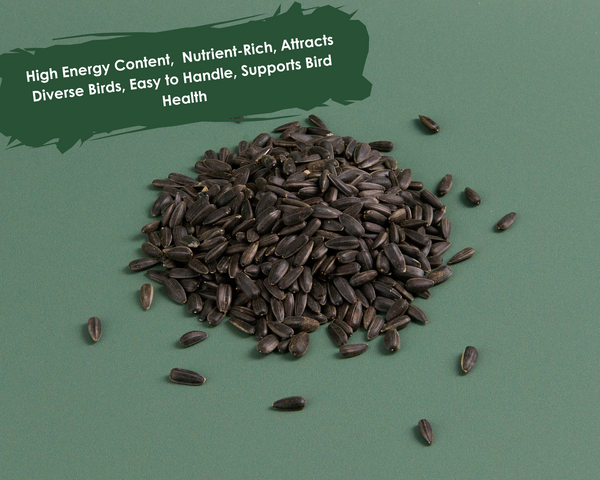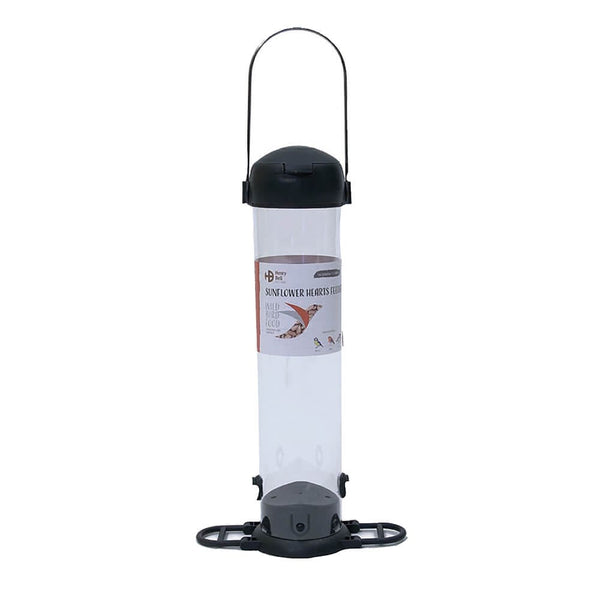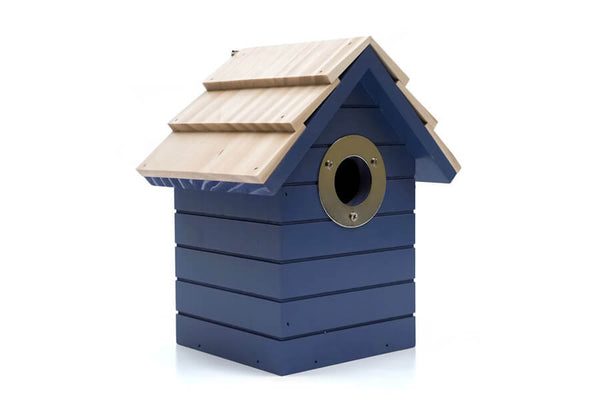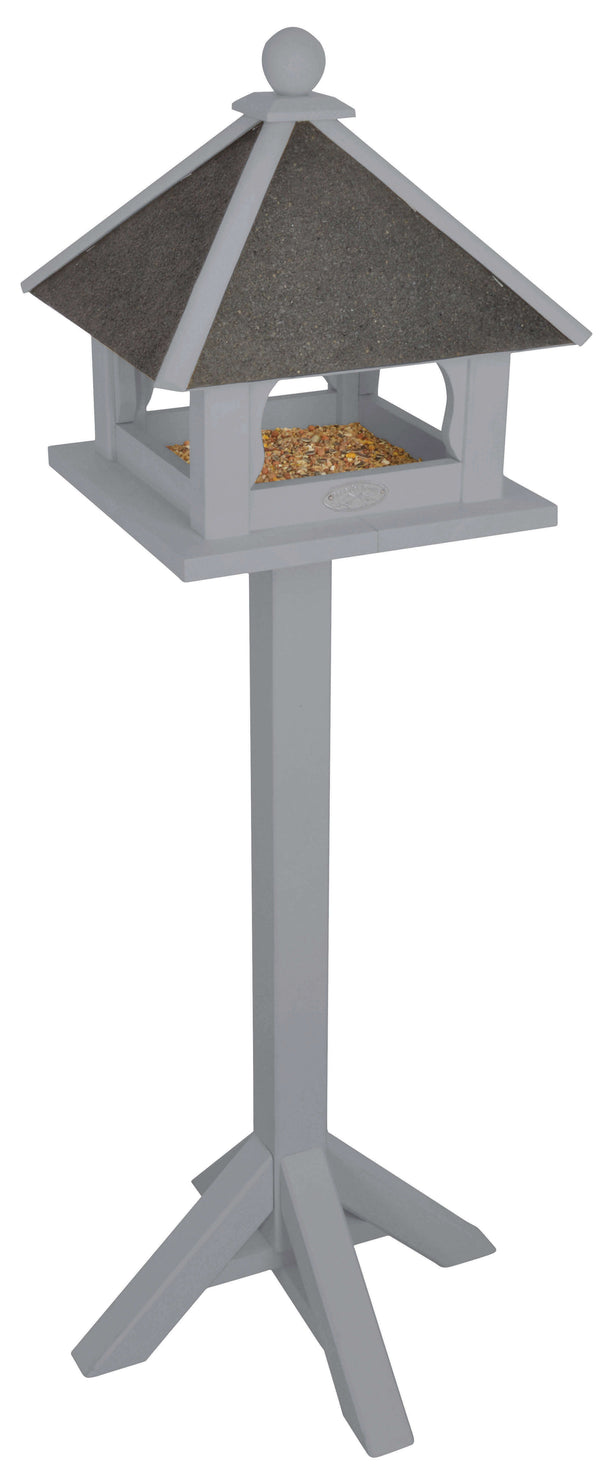What Issues Do UK Birds Face?
In today's wild bird statistics, it is estimated that more than one quarter of bird species are at risk of extinction. Garden, woodland species and farmland birds are facing more challenges everyday that make it harder for them to survive, several species, such as House Sparrows, are having to put up with habitat loss, weather changes and diseases and all of these things are making it harder for them to survive.
The nature and climate emergency is meaning that bird populations up and down the country are suffering severe declines and there are so many reasons. Since 2015, woodland birds have been impacted with 59% of the woodland bird populations in decline.
In this blog, we delve into the threats facing our feathered friends, shedding light on the pressing issues that demand our attention and action for the conservation of avian species across the UK.
The Decline of UK Bird Populations
Research by the British Trust for Ornithology has shown that in the last 50 years, the UK has lost around 73 million birds, with the majority of the UK birds declining being farmland birds. In this time, the beautiful songs of many species has become rare and a sound that was once easily recognised is now not.
The common birds like Blue Tits are still on the green list of least conservation concern - it's other woodland and farmland birds that are being hit the worst by species decline. Many wild birds face challenges in the wild, but the relatively steep declines of woodland bird populations such as the Song Thrush or House Sparrow is what is causing worry in the birding world.
The Threats UK Birds Face
There are any factors in the population decline of birds across the country, but there are some that are thought to be the driving force.
Agricultural Practices Affecting Farmland Birds
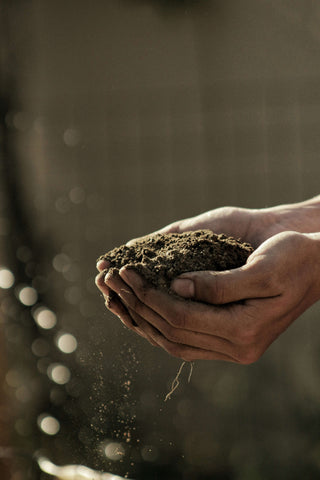
The major challenge for birds is the way in which we use land and agricultural practices modernising. During the 1950's and 1960's there were rapid changes in farmland management and during the later years, this led to a rapid decline in bird species that lived in these areas.
For many birds, the hedgerows and vegetation of farmlands is the perfect habitat, and the loss of these areas because of intensive farming practices, land development and infrastructure means that these birds don't have anywhere to live a safe life.
On farms, sometimes pesticides are used and these can be harmful to birds as they reduce the insect population these birds would eat in their foraging habitats.
The removal of hedgerows and trees has led to the loss of suitable nesting sites for farmland birds. All of these factors together has led to farmland birds struggling to survive.
Climate Change

Across the globe, the climate emergency is already (and will continue to) having an impact on bird species - climate change is changing where birds live, migration patterns and the breeding season.
Seabirds in the UK are the most vulnerable with studies showing that 14 seabird species are at risk due to the impact climate change is having on their habitat. Research has shown that by 2050, these bird species could see a decline of up to 90%.
On farmland and urban bird species, the warmer weather in the UK has allowed these birds to have more breeding success and longer breeding seasons.
Globally, 7% of birds face risk of extinction due to global climate change!
Diseases
Many of the diseases birds face are mild but they can cause implications for survival in the natural world and more serious diseases can mean bird species are at risk of extinction.
There are a lot of diseases that birds face, including salmoellosis which is transmitted through eating food contaminated with infected bird droppings and avian pox which is transmitted by biting insects, close contact and contact with contaminated surfaces. These diseases can lead to sick or dead birds.
Diseases have many negative affects on birds, from their welfare to species decline and even extinction. Between 2007 and 2017, 67% of the Greenfinch population in the UK was lost due to the disease trichomonal - so these diseases can have a massive impact on wildlife decline.
Endangered Wild Birds UK
Willow Tit

With its distinctive call and brown, black and white body, this Tit species have been in decline since the mid 1970's and in 2022, it was added to the red list of conservation concern.
In some areas of the UK, this bird is locally extinct - mainly in southern and eastern England. It is thought this species groups decline is due to habitat loss, as Willow Tits are usually found in woodland habitats where they excavate their own nest wholes.
Turtle Dove
Since 1996, the Turtle Dove has been on the conservation concern red list and urgent action is taking place to try and increase the bird populations, unlike its relative the Collared Dove who's populations have dramatically increased! Over the last 50 years, more than 9 out of 10 birds in this bird population has been lost.
Across the wildlife community, there are projects to try and save this bird species. The RSPB led project called 'operation Turtle Dove' works with communities and farm owners in southern and eastern England to try and create suitable nesting environments for this species.
Tree Sparrow
These lively birds that can be spotted in farmlands and woodlands saw a decline of 93% between 1970 and 2008 with numbers starting to slowly increase in recent years.
The Tree Sparrow is not endangered globally but the bird that was once a common species in the UK is rarely seen.
Swift
Swifts are best known for nesting in the eaves of old houses and outbuildings, but with old buildings being restored, there are less and less natural nesting sites for these birds. Over the past 25 years, it is estimated that 60% of the Swift population in the UK has been lost across this long term decline.
Alongside nesting habitat loss, the decline in insects for them to eat and climate change have also impacted this bird.
Puffin

Affectionately known as the 'sea parrot' these seabirds with brightly coloured beaks are on the red list and a vulnerable species in the UK.
These birds have been threatened by human activity and are rare in may areas they once would have bred.
Nightingale
In the UK, the Nightingale is famous for its beautiful song and in the past, they have been wide spread across the country. Over the past century, their numbers have declined significantly.
Nightingales live in dense woodlands and due to agriculture and land development, suitable nesting and foraging areas have declined. The loss of hedgerows and the use of pesticides has also reduces the availability of food sources.
Conservation efforts are being made to address the decline of Nightingales in the UK, including habitat restoration and creation projects, monitoring of populations, and public awareness campaigns
Wood Cock
The Woodcock is a wading bird that has face decline and are considered to be of conservation concern.
To nest, Woodcocks rely on woodland and wetlands and the loss of these habitats has really affected their breeding season.
Changes in forestry practices, such as the conversion of mixed-age woodlands to uniform plantations, can negatively impact Woodcock populations by reducing the availability of suitable nesting and foraging habitat.
Grey Partridge
The Grey Partridge is a bird species native to the UK and Europe. Similar to the Woodcock, Grey Partridges have faced significant declines in population numbers in the UK over the past century, leading to their classification as a species of conservation concern.
Engaging with landowners, farmers, gamekeepers, and other stakeholders is essential for implementing successful conservation measures for Grey Partridges and their habitats.
How Can We Help Endangered Bird Species
To help farmland and woodland birds, the UK governments need to put more policies in place to protect them, but we can do our bit in our gardens to help local birds thrive.
Helping endangered bird species requires a combination of individual actions, community efforts, and broader conservation initiatives.
Donate and volunteer with bird conservation organisations; this could be helping with habitat restoration, species monitoring and public awareness. If you're unable to donate, spread the word of these organisations and raise the support of them!
In your garden, create a wildlife friendly environment. Birds love native vegetation as this provides places for them to nest - so keep any hedges as untrimmed as you can! Birds also need water to bathe and drink from, so adding a bird bath into your garden is the perfect way to create a safe environment for them.
For a lot of birds facing population decline, lack of food is one problem - so on a standing bird table or bird feeder, provide bird food such as seed mixes or suet. Adding cavity bird boxes is also a great way to encourage birds to breed in your outside space.
Climate change is a significant threat to many bird species. Reduce your carbon footprint by conserving energy, using public transportation, and supporting renewable energy sources.
Raise awareness about the importance of bird conservation and wildlife losses among your family, friends, and community. Advocate for policies and practices that protect bird habitats and mitigate threats to bird species.



